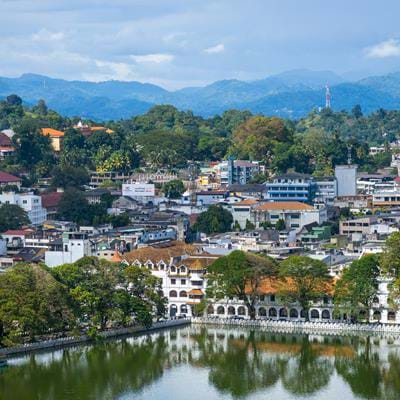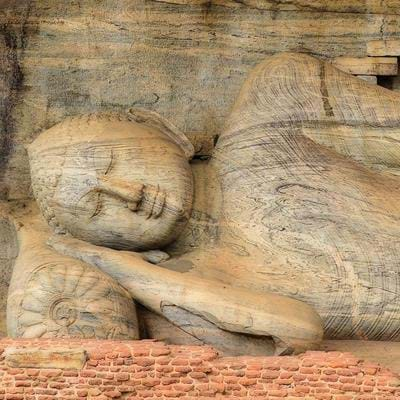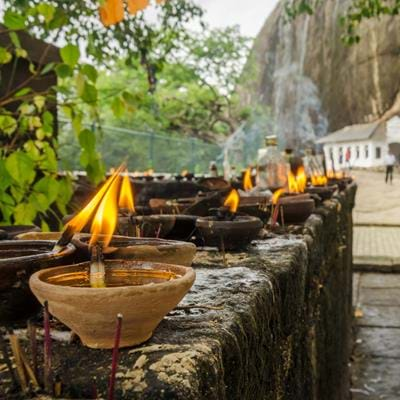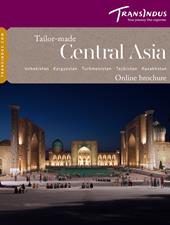Kandy and its Surroundings
A region of craggy peaks and lush, manicured tea gardens, Sri Lanka’s highlands form a striking counterpoint to its coastline, and no visit to the island is complete without a foray into the mountains.
Ample incentive to do so is provided by the area’s main city, Kandy. A bastion of traditional Sinhalese religion and culture, it is also the home of the most revered shrine in Sri Lanka – the Temple of the Tooth, where you watch ancient rituals being performed in a stately lakeside complex, as well as performances of local costumed dance, drumming and music in the evenings.
Lush tea terraces have dominated the landscape of Sri Lanka’s interior hills since the plant was first introduced by the British in the 1860s. Today, the island is the fourth-largest producer in the world and it’s hard to imagine the uplands looking any other way. In many respects, Tea Country feels a world apart from the coast. Less densely populated, greener, and with fresher air and crisper light, it enjoys a noticeably cooler climate (nights can be quite chilly at any time of year), while the region’s three main market towns – Nuwara Eliya, Hatton and Ella – have stronger echoes of the colonial era than any others. For the most vivid impression, spend a few nights in an old planter’s bungalow with a valley view and a pool in the garden.
The region’s other attractions, hidden among the misty rainforests of the foothills of Tea Country, are several beautiful national parks, protecting areas of extraordinary biodiversity and some of Asia’s most striking landforms.
Weather in Kandy and the Tea Country
Jan–April is generally the driest period in the Sri Lankan highlands, though it can rain at any time of year. The southwest of the region, around Adam’s Peak and the Sinharaja, is officially the wettest on the island.












